Oh, what a lovely slice of deliciousness. Coconut flavor in the bread and on the top, and lemon caramel drizzled over the top. This one’s really, really good!
One of my book clubs came to my house awhile back, and not only did I review a book (The Unlikely Pilgrimage of Harold Fry: A Novel by Rachel Joyce), but I also needed to prepare some mid-morning food for everyone who came. We had a really interesting discussion about this book. It’s one of my favorite books I’ve read in the last couple of years and I think this book “experience” was enhanced by a group discussion.
I made coffee, had fresh fruit, some Biscoff cookies, this bread, and also some chocolate/banana small cake bites too. I’ll write up the cake recipe too – soon. When everyone left, I packaged up everything and put it in a big ziploc bag in the freezer for my Scrabble group that came to my house a couple of weeks later. But I’ll tell you – I had a hard time staying out of that bag during the ensuing weeks because I wanted some of this bread.
The recipe – I read about it on Orangette, but it comes from a book titled Lemons by Alison Roman (not available at amazon). I’ll need to frequent some used book stores to see if I can find it. You can buy it from the publisher for $14, (which seems pricey for a 48 page cookbook), so I’d like to find a used copy if I can do so. I have a couple of lemon cookbooks, but if this recipe is any representation of what’s contained in that cookbook, then I need to own it!
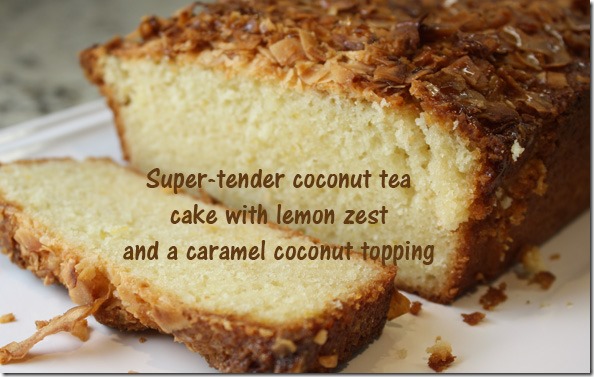 The recipe is just slightly different than most tea bread recipes, in that it uses coconut oil (melted). And it does have a coconut topping that’s baked along with the bread. Then you make a lemon juice mixture to go on top. Here’s where my cooking went off the track (in a good way). I set the lemon juice and sugar in a small saucepan on the stove, then walked 10 feet away and began working on something here at my computer. I lost track of time, and the aroma of lemon juice/sugar didn’t seem to alert me that I needed to get back to it. When I finally smelled it, I dashed over to the stove and discovered that the mixture had turned to a light brown caramel. I didn’t want to make another batch, so I just used it anyway – I used a spoon to drizzle the lemon-caramel over the top of the finished bread. It was a delightful change/mistake that I’ll probably do the next time I make it, so I’ve included it in my recipe below. It gave it a lovely crunch, in addition to the unsweetened coconut flakes that were also slightly crunchy.
The recipe is just slightly different than most tea bread recipes, in that it uses coconut oil (melted). And it does have a coconut topping that’s baked along with the bread. Then you make a lemon juice mixture to go on top. Here’s where my cooking went off the track (in a good way). I set the lemon juice and sugar in a small saucepan on the stove, then walked 10 feet away and began working on something here at my computer. I lost track of time, and the aroma of lemon juice/sugar didn’t seem to alert me that I needed to get back to it. When I finally smelled it, I dashed over to the stove and discovered that the mixture had turned to a light brown caramel. I didn’t want to make another batch, so I just used it anyway – I used a spoon to drizzle the lemon-caramel over the top of the finished bread. It was a delightful change/mistake that I’ll probably do the next time I make it, so I’ve included it in my recipe below. It gave it a lovely crunch, in addition to the unsweetened coconut flakes that were also slightly crunchy.
What’s GOOD: the coconut and lemon flavors are prominent (which I liked). There isn’t much of anything made with lemon that I don’t like, but this tea cake is particularly good, and I want to bake it again, because I didn’t have enough of it the first time around.
What’s NOT: not a single thing. Worth making for sure.
printer-friendly PDF and MasterCook 14/15 file (click on link to open recipe)
* Exported from MasterCook *
Coconut-Lemon Tea Cake with Caramel Drizzle
Recipe By: Adapted slightly from Lemons, by Alison Roman but I read about it at Orangette blog
Serving Size: 9
1 1/2 cups all-purpose flour
2 teaspoons baking powder
3/4 teaspoon kosher or sea salt
1 cup sugar — divided
2 tablespoons finely grated lemon zest
3/4 cup Greek yogurt, full-fat — or 2% yogurt, or sour cream
1/2 cup coconut oil — melted
2 large eggs
1/2 cup unsweetened coconut flakes
CARAMEL DRIZZLE:
2 tablespoons fresh lemon juice
1/4 cup sugar
1. Preheat the oven to 350°F. Grease a (9×5 approximately) loaf pan lightly with cooking spray or butter, and line it with parchment paper. Grease that too (with difficulty). If you have a nonstick pan, this step may not be necessary.
2. In a medium bowl, whisk the flour, baking powder, and kosher salt.
3. In a large bowl, rub 1 cup of the sugar with the lemon zest until the sugar is fragrant and yellow and smells like you just rubbed a lemon in there. Whisk in the yogurt, melted coconut oil, and eggs. Add the flour mixture, and stir just to blend.
4. Scrape the batter into the prepared pan, and smooth the top. Sprinkle coconut flakes over the surface, and bake until the top of the cake is golden brown, the edges pull away from the side of the pan, and a tester inserted in the center comes out clean, 50 to 55 minutes. (I found that the coconut flakes were browning before the cake was done, so tent the cake loosely with foil after about 45 minutes.)
5. During the last 10 minutes or so the cake is baking, combine the lemon juice and remaining ¼ cup of sugar in a small saucepan, and bring it to a simmer. Cook, stirring occasionally, until the sugar has dissolved. Then continue simmering until the mixture has turned golden brown (caramel), but don’t let it burn. Remove cake from oven, and leaving it in the cakepan, drizzle this mixture over the top of the teacake with a spoon, keeping all of it on top (not down the sides). Allow cake to cool completely before removing the cake and serving. Cut pieces a bit thicker than normal as the topping is crunchy and you’ll tear it as you slice. Hold your hand across the top (at the top of both sides) as you slice between two fingers (carefully) each piece so each slices stay whole.
Per Serving: 328 Calories; 15g Fat (40.4% calories from fat); 4g Protein; 45g Carbohydrate; 1g Dietary Fiber; 55mg Cholesterol; 291mg Sodium.





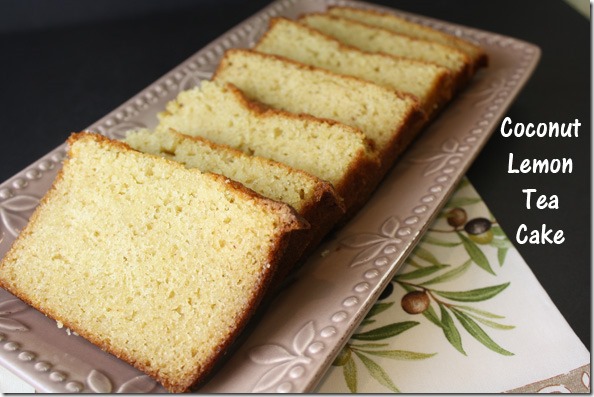

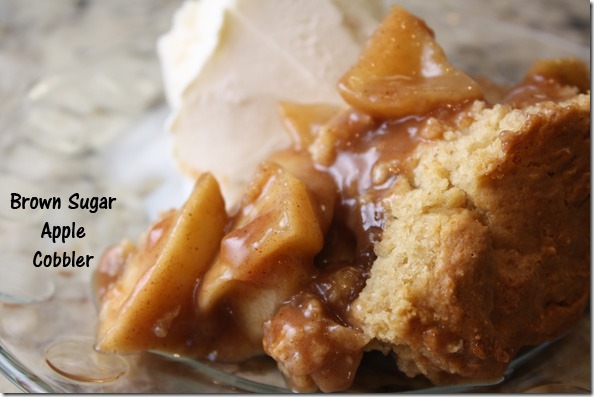
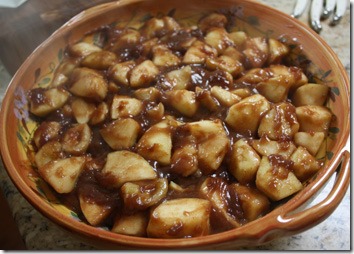
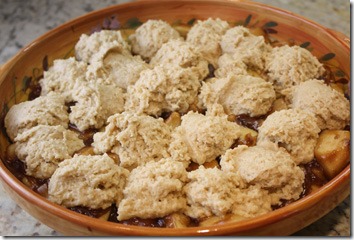
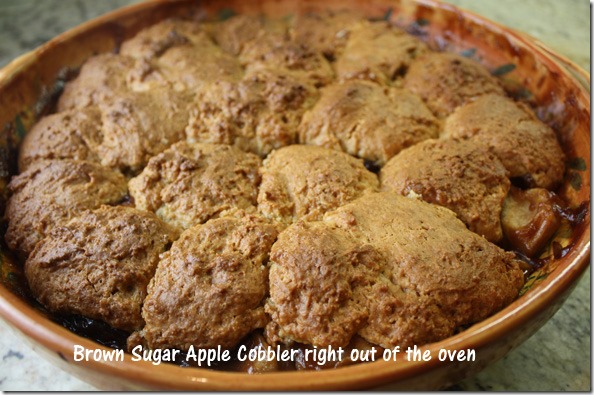
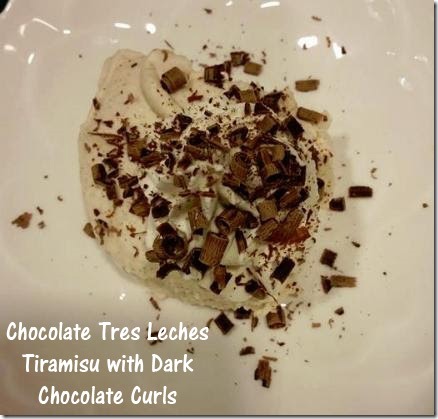
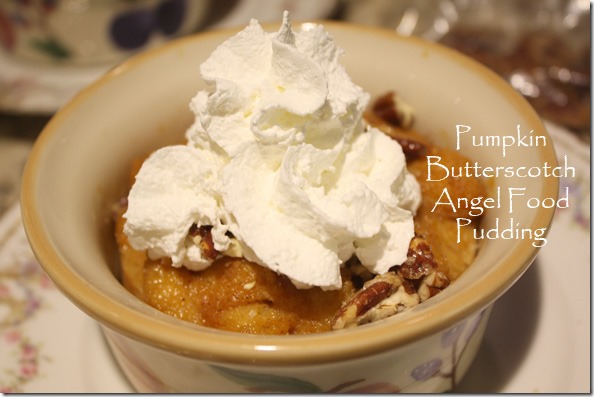
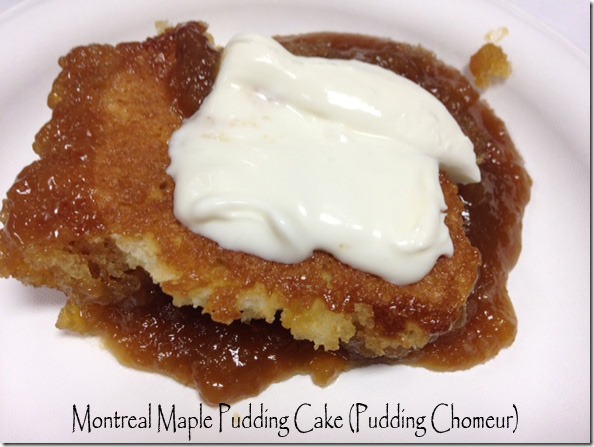
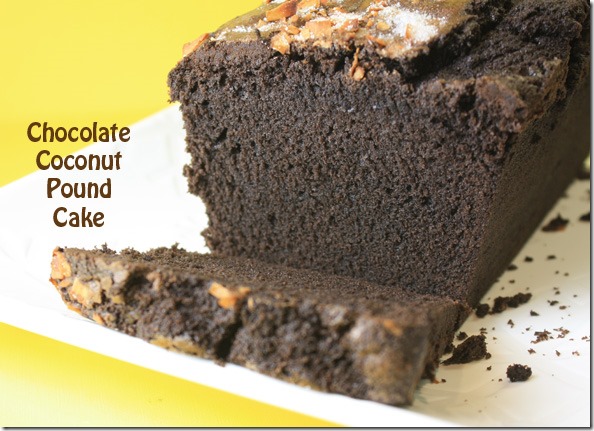
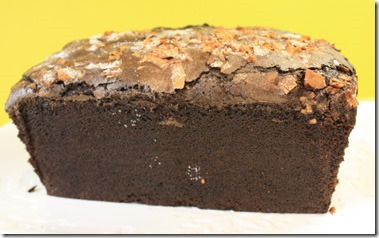
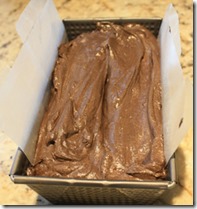
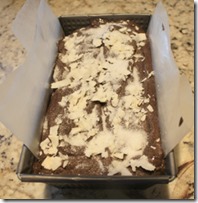
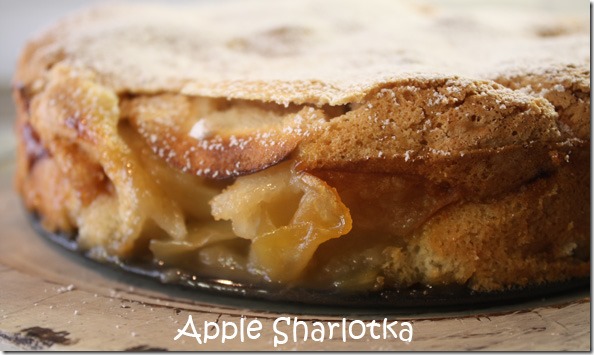
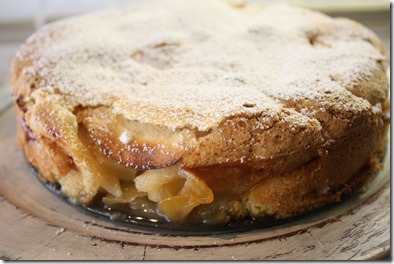
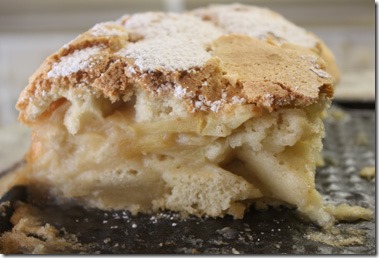
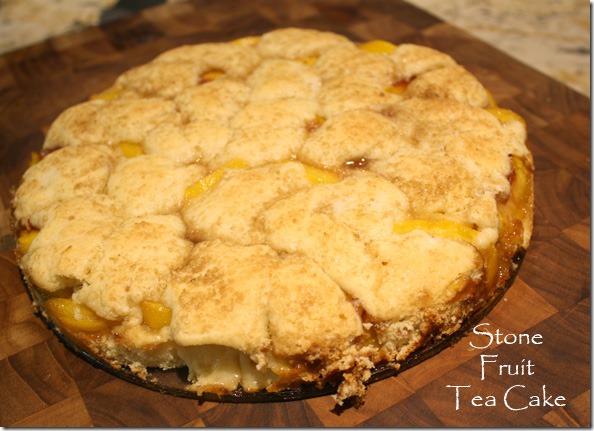
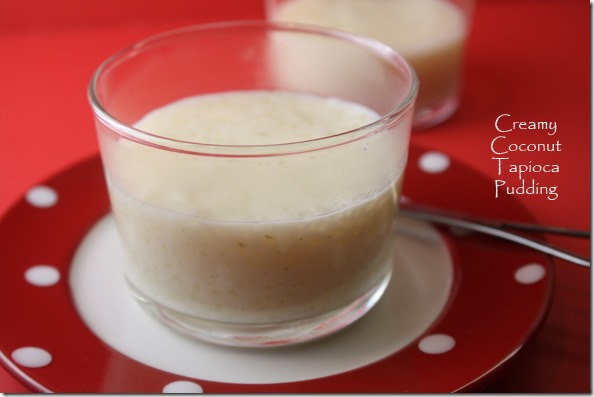
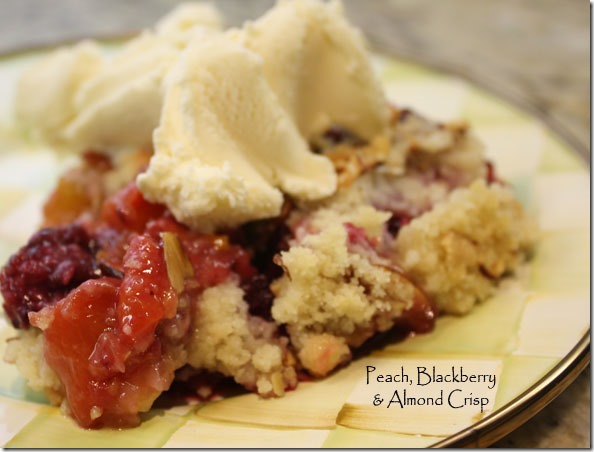
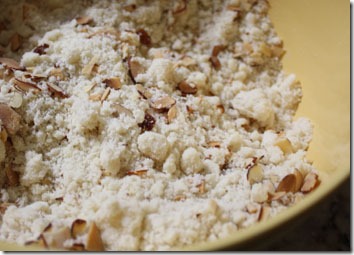
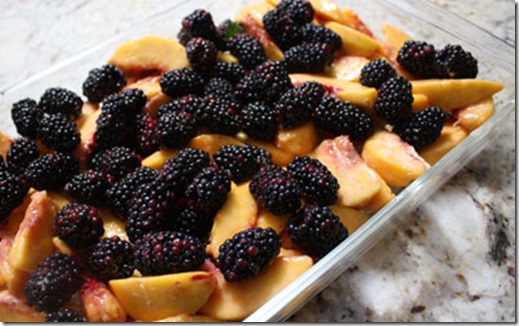
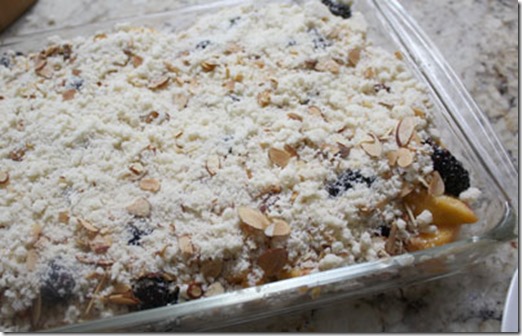
Leave a Comment!